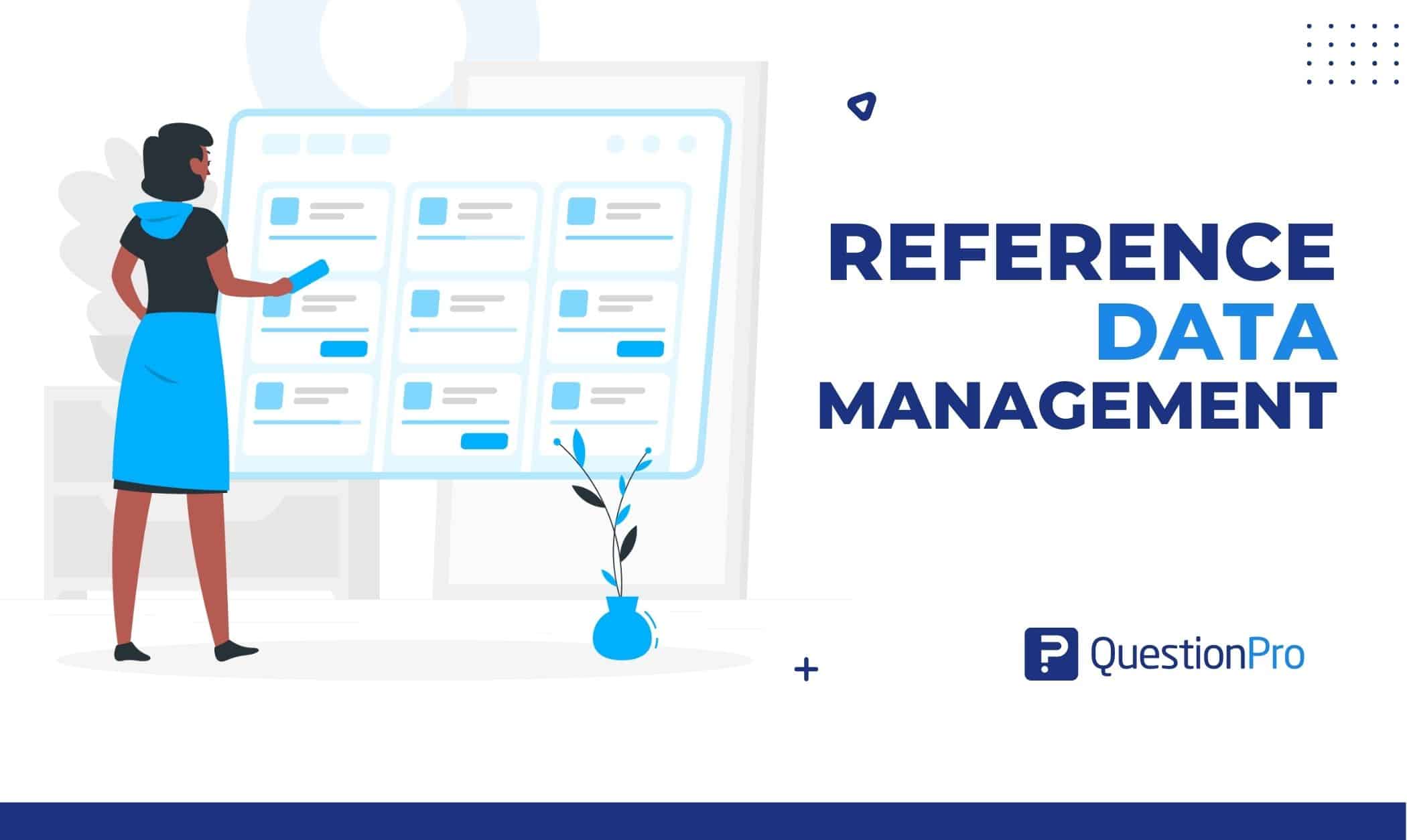 Management solution with a business rule function can automatically convert entire addresses into department-friendly representations." width="703" height="420" />
Management solution with a business rule function can automatically convert entire addresses into department-friendly representations." width="703" height="420" /> Management solution with a business rule function can automatically convert entire addresses into department-friendly representations." width="703" height="420" />
Management solution with a business rule function can automatically convert entire addresses into department-friendly representations." width="703" height="420" />
Organizations always seek methods to increase income, minimize costs and enhance efficiency. To streamline data management, companies are employing a master data management (MDM) strategy to give a single, consistent view of business data across the organization.
MDM eliminates duplicate, contradictory, and heterogeneous data to improve reporting and business intelligence.
Reference data management is a significant data management trouble that many organizations ignore. You must strategically manage lookup values, reference code, code tables, and reference hierarchies to maximize reference data’s utility.
Lookup tables that provide users with consistent values when inputting data like dates, nations, gender, or industry into a database or application may seem straightforward, but managing this information across a large business may be surprisingly tricky.
So this blog explains reference data management, its importance, and things companies should know more about.
Reference data management (RDM) keeps an organization’s reference data consistent, accurate, and up-to-date. Multiple business processes or systems use reference data as a point of reference.
Usually, it is not transactional and only changes sometimes. Some examples of reference data are codes and descriptions for different kinds of products, codes for classifying customers, and currency codes.
Effective RDM means setting up processes and systems for creating, validating, storing, and distributing reference data and ensuring it is the same across all systems and applications.
RDM is important because it helps ensure that business processes are honest and reliable. It can also help cut down on mistakes and improve efficiency.
Before there was commercial reference data management (RDM) solutions, organizations built their solutions using existing data management software like RDBMS, spreadsheets, workflow software (business process management, or BPM), and other tools.
Most of the time, these systems needed more change management, audit controls, and security/permissions at the granular level. As a result, these old solutions are becoming more significant compliance risks.
Because reference data is used to drive key business processes and application logic, errors in reference data can have a vast and multiplying effect on a business.
Mismatches in the reference data:
Businesses no longer build their own CRM, ERP, or MDM systems. Now, organizations are also starting to buy commercial RDM or RDG solutions that can be easily customized or set up and have the full support of a major software vendor.
Enterprise reference data management strategy is complex. Business users can control the complicated lifespan of reference data sets by automating reference data management with AI and ML. Integrating, managing, and distributing reference data is easy with a cloud-based system.
In financial services and healthcare, reference data management is crucial to providing high-quality services and meeting regulatory requirements.
Financial services firms centralize reference data codes with reference data management. Large international banks can reconcile national coding sets.
Financial services businesses can seamlessly flow clean, aggregated, and correct data throughout the enterprise by intelligently managing reference data, so they can:
Standardizing reference data helps healthcare organizations give patients high-quality care and ensures that billing and payment are made correctly. Better management of reference data helps hospitals improve their claims processing to:
Reference data management can make your data more consistent. By keeping track of all versions of reference data and linking them with correspondence tables, businesses can ensure that their meanings are consistent over time and between different standards.
With this consistency, organizations would have good data quality and small mistakes that could add to costly mistakes over time.
QuestionPro creates and distributes surveys. It includes an intuitive wizard for designing survey questions, facilities for emailing or posting your survey, and tools for analyzing and displaying results.
Organizations can use QuestionPro InsightsHub to centralize, integrate, and manage vast amounts of organized and unstructured data. It is a centralized and searchable data repository for all your insights, data, research techniques, and project lifecycles.
It’s the most effective solution for sharing, displaying, and analyzing ALL of your insights data.